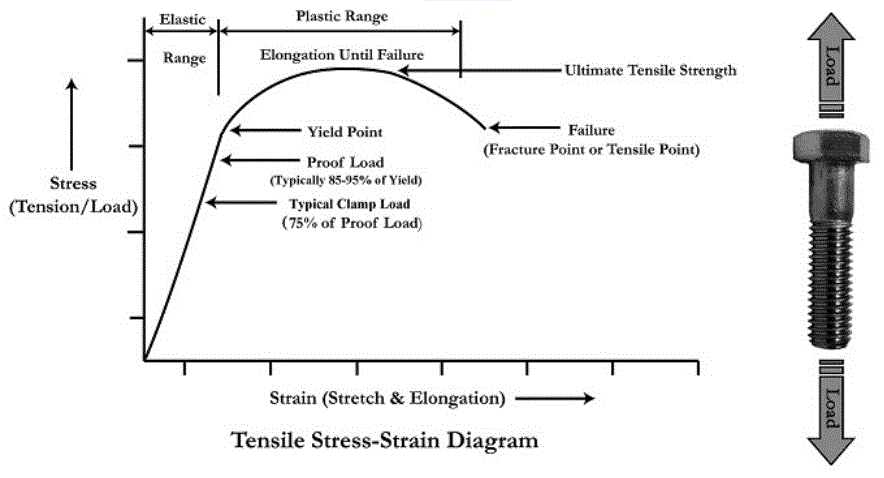- May 16, 2019
- 1,035
- Boat Info
- 07 52 Sedan Bridge, 2019 Brig Falcon 360HT-30HP Honda, 2003 16' Dauntless
- Engines
- Cummins QSM 11 660 HP w/ ZF 325-1A
Attached. Thought I would share this info I found on the Cummins Dry Exhaust Issues.
Has anyone went through each one of these steps? I didn’t consider the amount of air getting to manage load but it makes sense.
I believe the QSM 11 is well documented to have the same exhaust leaks in other manufactured boats. I doubt they all have poor air flow even if our models do.
Has anyone went through each one of these steps? I didn’t consider the amount of air getting to manage load but it makes sense.
I believe the QSM 11 is well documented to have the same exhaust leaks in other manufactured boats. I doubt they all have poor air flow even if our models do.
Attachments
Last edited:




